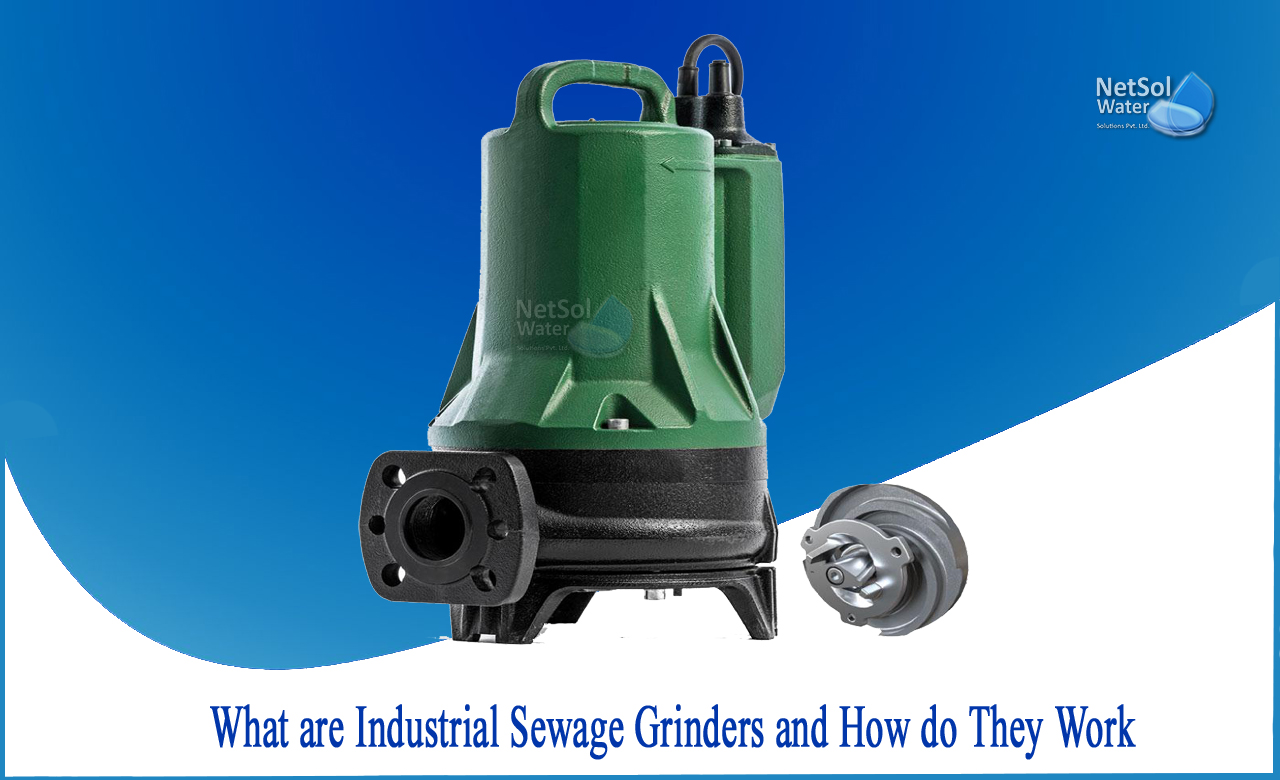Introduction
Sewage grinders are newer than sewer systems, which have been around for centuries. They were created in the 1970s to assist wastewater treatment plants in dealing with the increased volume of sewage trucked in from residences and businesses with septic systems due to the distance from city sewers. It removed some of the blockages that could occur by grinding the sewage drained from septic tanks.
Many enterprises and wastewater treatment plants benefit from industrial sewage grinders. Apartment buildings, restaurants, food processing plants, and septage acceptance factories are all places where they're utilised.
Assume you run a brewery with its own wastewater treatment system to alleviate the strain on the municipal plant. Any grains, hop flowers, and flavouring ingredients like cocoa nibs or fruit that get through the screening steps can be broken up with an industrial sewage grinder.
How does a sewage grinder work?
It grinds food particles in wastewater before sending it to a sewer system. Garbage disposals on septic systems are common, but they're not recommended since food particles can cause problems in the septic tank and leach field.
A sewage grinder, while similar, is built for heavy use. A plate at the bottom of a sewage grinder pump grinds up items before they're pumped to a sewer head. The goal is to ensure that any solids are tiny enough to avoid clogging a line.
A huge fibreglass bowl holds the sewage grinder. Solids sinks to the bottom as wastewater is pumped in. The blades of the grinder spin when the equipment is turned on, grinding the objects into minute particles that mix with the fluids to form a slurry. The slurry is pushed into the pipe by the pump, which then transports it to the sewage pipes, where it will continue its journey to the wastewater treatment plant.
What are its applications?
Food processing facilities, restaurants, breweries, and vineyards all benefit from an industrial sewage grinder. Organics are crushed up before wastewater is sent to a sewer system. These grinders can ground hop flowers, chicken feathers and skin, small bone fragments, and grape skins and stems, among other things.
Now, consider getting one for your hotel or apartment complex. Some household items that are flushed might cause major problems in sewer lines and wastewater treatment plants. Residents are coping with backed-up toilets and sinks when a sewer main becomes jammed. Keeping up with the cleaning and damage expenditures becomes prohibitively expensive.
Clogs in the pipes leaving the basement of a structure can also be caused by faeces. You can help the wastewater district minimise damage to equipment and obstructions by grinding these materials in a slurry before they travel to the sewers by installing a grinder pump.
Choosing the most appropriate Industrial grinder pumps
1. What is the highest flow rate possible?
In the basin where the wastewater gathers, there are one or more grinder pumps. The next step is determined by the pump's design. Some are manually operated, while others have floats that turn on the pump. The pump starts when the float reaches the top, grinds the organic and inorganic elements, than pumps out all of the grounds and effluent. Faster flow rates may necessitate the pump turning on more frequently. It would be better if you matched the pump size to the flow rate.
2. How much of an incline does wastewater have to deal with?
What is the design of your plant or building?
If you're downstream from the main sewer line, you'll need the pressure to get the wastewater up the slope.
Is gravity assisting in the sewage flow?
If you're downhill from the sewer, you may want less horsepower because gravity will assist you. If you need additional lift to get the sewage uphill, the grinder pump's horsepower is critical.




